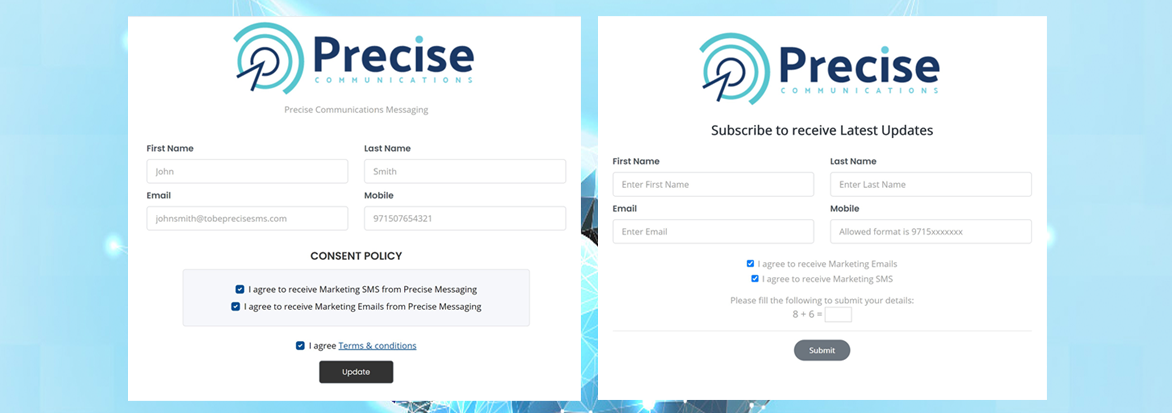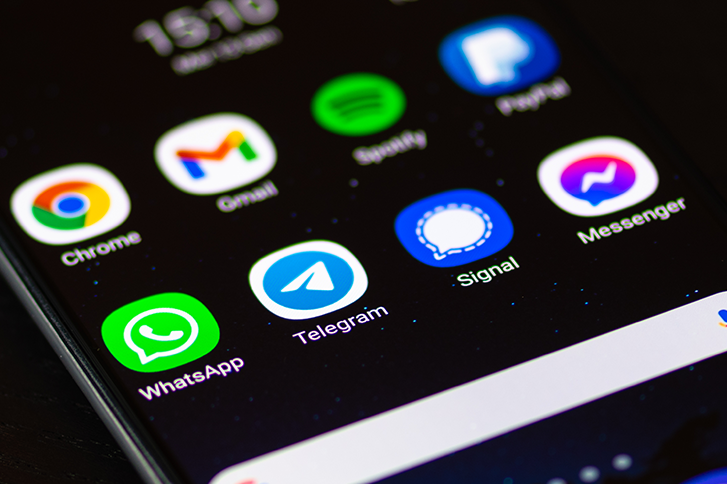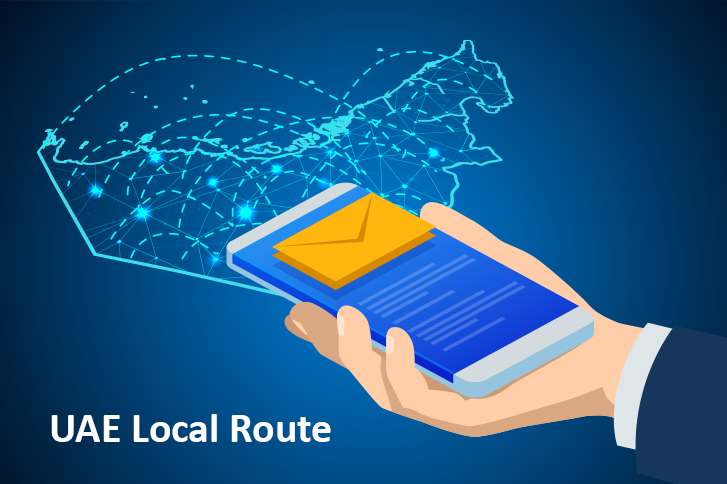“A small list that wants exactly what you’re offering is better than a bigger list that isn’t committed” Ramsay Leimenstoll
This is true when it comes to SMS and Email marketing. Instead of broadcasting thousands of messages to those who are unaware or not interested in your brand, it is far more effective if you target those who have given their consent and shown interest in your brand. The rule of thumb in SMS marketing is to reach those who have given their consent to receive updates from your brand. This will lead to better results and keep the cost low.
The new UAE TRA regulation on controlling SPAM messages states that you only send your marketing communication to those who have given their “explicit” consent. This follows General Data Protection Regulation (GDPR) in European Union, Telephone Consumer Protection Act (TCPA) in USA or Personal Data Protection Act (PDPA) in South East Asia. Read more about the new UAE TRA Rules and Regulations.
The new rule bought concerns to marketing and advertising experts as they were relying on Bulk SMS broadcasts to existing and potential customers in the region. This may be true for now, but when we weigh the benefits in the long term, the new TRA regulation provides a better customer data management guideline where you will have more loyal customers than those who complain about receiving many unsolicited messages. As a result, mobile users are less bombarded with marketing messages to which they are least interested and in turn they only receive messages that are of their interest. This will further create SMS as a better sort after marketing channel than Email or other Digital media.
Why is Customer Consent Important?
A customer providing their personal details (Name, mobile number or email address) when purchasing from a brand, may not be interested in receiving marketing updates in the future. They may be one-time buyer, buying as a gift or those who purchase at fixed intervals. Sometimes they are forced to provide the mobile number to complete a transaction. It is misunderstood that, in such scenarios, customers are giving their consent to the brand to use their contact details for sending promotional messages. On the other hand, these are customers who may get annoyed in receiving these messages and raise concerns with the operators or TRA, which in turn is considered as SPAM messages.
Customer initiated SMS, like an update on the purchase details, One Time Password (OTP), delivery status or loyalty point updates, are considered as Transactional SMS and does not require customer consent. Any message that promotes your business, service or asking to download mobile applications are considered Promotional. A transactional message that encourages customer to click a link or download an application to avail further discount also is considered as Promotional. Hence it is very important that the messages are clearly classified and use separate channels or routes to send Transactional Vs Promotional messages.
Any communication through SMS, Email or WhatsApp without customer’s consent can be considered as an intrusion into their personal messaging channels. Operators and service providers, including Gmail, WhatsApp and Microsoft, consider this as SPAM. In case of emails, your IP addresses may get blocked when customers complain about SPAM. WhatsApp Business API does not allow you to initiate a communication without prior customer consent and defining the message templates. Same applies to SMS broadcasts whereby the privacy and confidentiality of the customer is protected. A customer who has given their consent to receive promotional / marketing messages from the brand will react better and the chances of conversion are higher, compared to others.

How to Obtain Customer Consent?
An explicit consent means that the brand can provide evidence that the customer has given the consent on their own and not entered by a staff or captured verbally. Also, the consent is collected with clear description and without hiding them within Terms and Conditions. Depending on the touchpoints, you can adapt different approaches to collect customer consent. Please make sure not to use the same media, for which the customer is providing their consent, to request for consent. Example: Sending an SMS incentivizing the customer to sign up can be considered as SPAM by many operators.
| Touchpoint | Consent collection options |
|---|---|
| Subscribing to receive updates from website | As this is an open form it is mandatory to implement Two Factor Authentication (2FA) to authenticate the customer who is entering their details. It is mandatory to collect the the name of the person along with their Mobile and/or email address. System should also store the IP address, date and time stamp for each customer who is registering. Post this, it is always advisable to send a personal SMS / Email to the customer thanking them for subscribing and how they can unsubscribe or update their preference in the future. |
| Online purchase or Account creation | At the time of account creation or during checkout, provide an option to the customer to opt in for SMS or Email communications. It is advisable to add 2FA if the account was not authenticated before. At the time of opt in, make sure to store the IP address from where the customer is accessing your portal, date and time stamp. |
| Purchase from Store | There are 3 options when a customer is purchasing from the store – scan a QR code to visit subscription form, send a thank you SMS/Email and ask them to update their preference to receive future communications or use a printed form to fill their details. In both the cases, you will need a form that will populate the customer’s data and allow them to update and provide their consent directly. Once they are online, you can store their IP address, date and time stamp also. The same online form can be used allowing the customer to unsubscribe in the future. For printed forms, make sure to collect their name, mobile number, email (optional), date and time and signature. These forms will need to be digitized along with a scanned copy. A separate section for the customer to provide their consent should be available in the form. |
| Participating in Raffle Draws | When participating in raffle draws using printed forms, make sure to collect the signature and their consent with clear wordings. These forms will need to be digitized and stored along with scan copy. If the raffle draw is through online forms, follow the procedure as explained for website forms. |
| Through Social Platforms | If you are running campaigns on social platforms to collect data, apart from Name, Mobile Number and Email address, make sure to store any unique identification details that will be provided by the platform. Some of the platforms does not allow you to collect IP address. Hence it is important that the unique ID is collected. |
It is important, as consent collection, to provide customers the option to unsubscribe from future communications. For all marketing communications to the customer, a link to customer’s profile shold be enabled, that when clicked will provide option to update their preference. Any customer opting out from the list, it is mandatory that no promotional messages are sent to them, until they visit the same link and opt in back.
Existing Customer Database
So what happens to the customer database that was collected in the past that does not adhere to the new rules? How do we use them to get more consents? How to inform those customers about the latest offers and updates?
From the existing database, segregate those set where proper consents are available and continue the marketing communications. For others, it is advisable to use the list and either send an email marketing asking customers to visit a personalized landing page or use on Social media platforms for targeted marketing to collect their consents. Response from these forms will be higher if the brands are ready to incentivize.
A centralized and middle ware customer data management with the ability to give access to the customer as well as the brand, will help in managing customer consent and marketing communications. This system can be integrated to different marketing channels or to the operator for updating consent details, thus avoid the hassle of updating existing ERP / CRM systems.
“Good marketing makes the company look smart. Great marketing makes the customer feel smart” – Joe Chernov

We have launched our Customer data management solution “OCAMA” that will help brands to collect and maintain customer data and consents without the need to update any of the existing applications or work flow. Some of the features include:
- Customer consent management
- Multiple form builders to capture data across devices
- Scalable to external platforms such as CRM, ERP and TRA’s systems
- Empowers customers to edit and manage their preferences
- Customize and build communications such as SMS and Emails
Speak to us to get a test account or for a demo.



